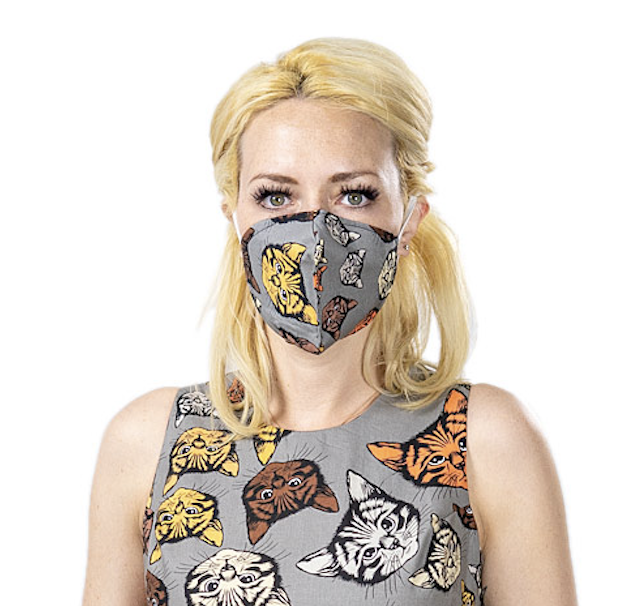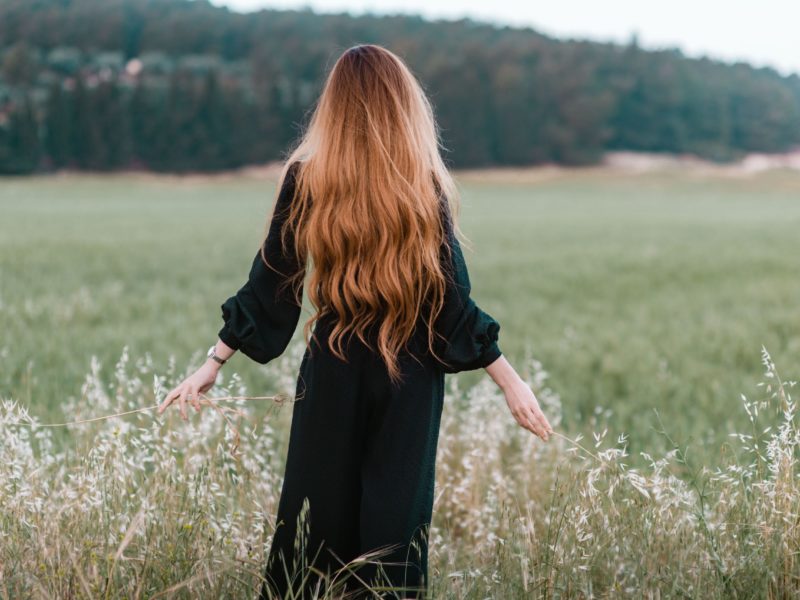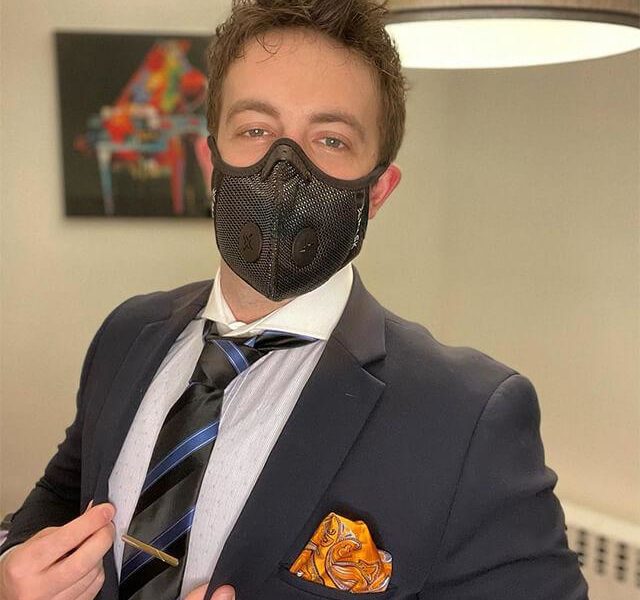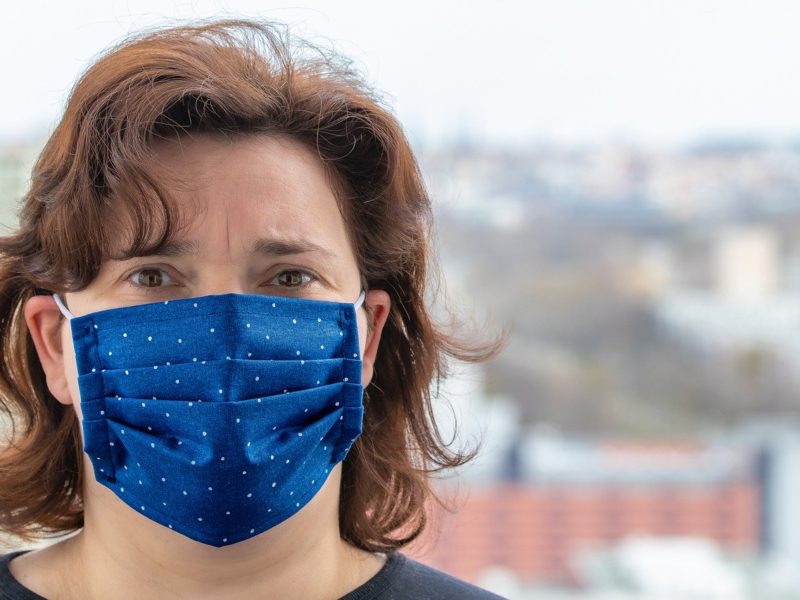
Designer Masks: Why Facemasks Need Fashion
“What I find most interesting in fashion is that it has to reflect our time.
You have to witness your own moment.”
– Nicolas Ghesquière
One would wonder if Ghesquière knew how pertinent his wise words would be in years to come. On March 17, 2020, quite conveniently, this headline appeared in the New York Times: “The surgical face mask has become a symbol of our times.” As you can guess, the content under the title was regarding the role of face masks following the COVID-19 outbreak, a respiratory disease that’s sure to define our times.
A deeper meaning behind facemasks?
Facemasks, after long being the domain of Asiatic cultures, were spreading onto a global scale. Governments, health care officials, and media alike were scrambling to make face masks mainstream. After all, not only do they offer vital protection, they also unite us symbolically, visually, and finally – fashionably – against disease.
And while it’s tempting to fall into the myth we’re the first generation to make facemasks our own, there’s a wealth of history pointing to the contrary.
A brief history of the significance of facemasks
In fact, when germ theory was gaining ground in the 19th century, scientists made the groundbreaking discovery that germs could exist on airborne particles. Fittingly horrified, wealthy Parisienne women began to wear lace veils in the hopes of keeping the germs at bay. The role of those masks was to protect them from particles circulating on the busy streets.
In 1918, American’s had their first significant run-in with disease-preventative masks. Then, as the Spanish flu pandemic ripped through the country, Americans took to wearing masks in force. And again, in 1939, as the world war waged on, American’s (mainly soldiers) were sporting patriotic flag-emblazoned facemasks wherever they found themselves across the war-torn globe.
How fashion has interwoven with facemasks
And whether united by classism and fear, patriotic solidarity, or like now – personal and general health concerns – facemasks have always meant much more than just a piece of cloth.
According to a HealthDay/Harris Poll in august 2020, 61% of US adults claimed to be regular mask wearers; by October, More than nine in 10 US adults (93%) said they sometimes, often, or always wear a mask or face covering. So what changed in such a short time?
Not only had the threat of COVID-19 risen, but we’d also finally claimed masks as our own. Designers were knitting, sewing, and embroidering masks to not only keep us safe but also appeal to the eye.
Facemasks are increasingly being tied to personal identity
Right now, protective masks are no longer medical devices but vital parts of our cultural landscape and fashion. They have become part of one’s look, reflecting our unique personalities and outlooks on life and the world.
As they’ve made waves across cultures, they’ve also been adopted by them. From streetwear to bridalwear and all the way to law enforcement masks – none of this would be possible without the fashion industry.
Designers have broadened the scope of masks with amazing speed and expertise, allowing a greater number of people to wear masks and thus keeping us all safer. In short, facemasks would not be the symbolic piece we know them as today were it not for fashion. Fashion has allowed us to make the face mask our own, and that taps into core psychological
And that’s that …
Masks are here to stay – mainly in thanks to fashion. And with epidemiologists saying we should be prepared for future pandemics, we can also expect to see a greater variation in mask styles and designs: watch this space!



